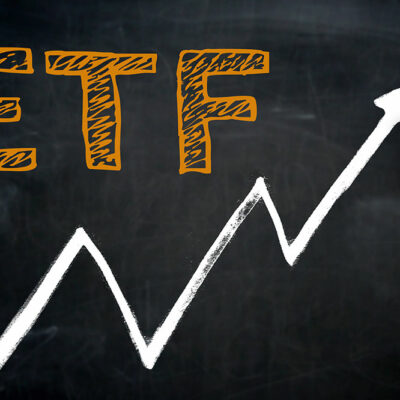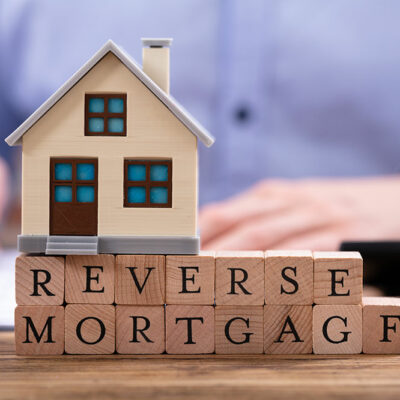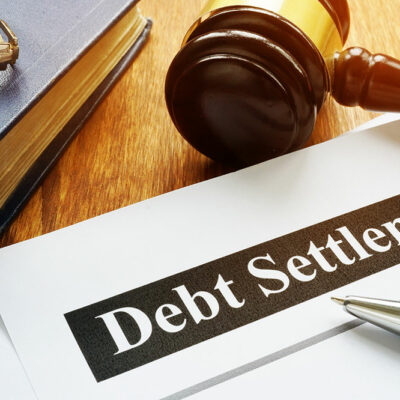
4 houseplants that should be kept away from dogs
Dogs tend to chew and nibble on anything and everything they come across. But this habit can be rather dangerous when it comes to plants. Certain plants contain toxic elements and can lead to severe symptoms and make your pet pooch ill. Dogs do not know which plants can be toxic to them, and therefore, it is safe to just remove or avoid having such plants in your household. Read on to find out more.
Aloe vera
Aloe is known for its anti-inflammatory properties. Not to mention, it can work wonders for your skin and makes for a great indoor plant. But, what many do not know is that aloe vera can be toxic to dogs. This is because of the saponins in the succulents. Consuming even small amounts of the aloe vera plant and gel can cause severe poisoning in dogs. It can lead to vomiting, diarrhea, tremors, and even cause general central nervous system depression.
Sago palm
Another popular houseplant that is toxic to dogs is the sago palm. Commonly known as cardboard palm or coontie palm, this plant contains the toxic element cycasin. Consuming even small amounts of any part of this plant can lead to poisoning and cause symptoms such as vomiting, diarrhea, seizures, and even liver failure. Note that while the leaves and bark also contain poison, the seeds and nuts are the most toxic part of this plant.
Tulips
Tulips are commonly found in many homes, thanks to their colorful flowers and pretty esthetic. But, if you do have pet pooches at home, you may want to skip out on having these plants. Dogs are likely to chew the long leaves of this plant and this could lead to digestive troubles. Not to mention, if your dog does somehow end up eating the bulbs of this plant, they could experience severe poisoning. This is because bulbs of the tulip plant contain high concentrations of toxins known as Tulipalin A and B. Consuming these can lead to vomiting, depression, diarrhea, and even hypersalivation.
Oleander
Oleanders are usually kept at homes for their esthetic appeal. These plants have beautiful and colorful flowers that make for a great addition to the backyard garden. But, every part of this plant contains cardiac glycosides, which are toxic to dogs. Even if consumed in small amounts, this can lead to drooling, abdominal pain, diarrhea, and depression.
Ensuring that you steer clear of toxic plants is essential to the health of your dog. But, dogs are also prone to infections and diseases from bugs such as ticks and fleas, which can lead to diseases such as heartworm, tick fever, and much more. Moreover, ticks can latch onto humans and spread the disease. To avoid this, it is important to try treatments such as Advantix® and Simparica Trio. Advantix® is a monthly spot-on treatment that helps get rid of fleas, ticks, sandflies, mosquitoes, and other such bugs. It can be used for puppies over the age of 7 weeks and adult dogs. Simparica Trio, on the other hand, is a monthly chewable that provides protection and prevents heartworms, fleas, roundworms, and hookworms in dogs.


